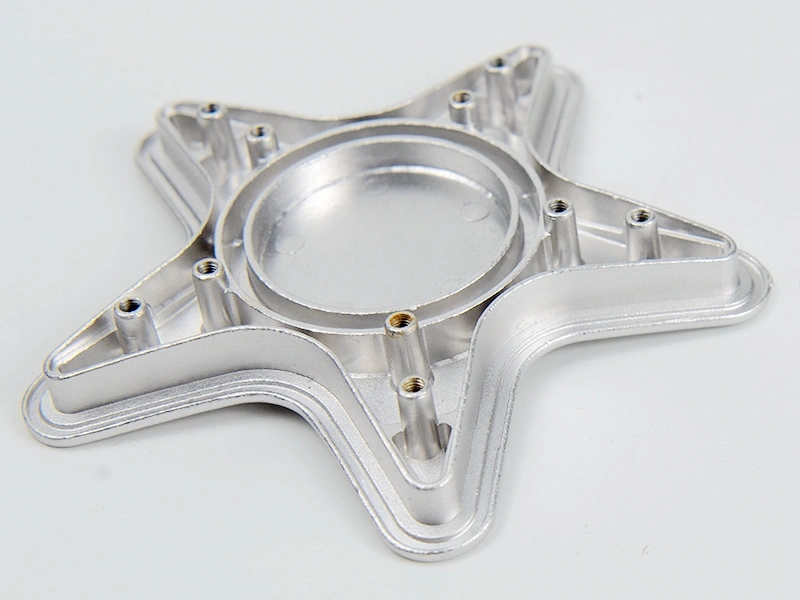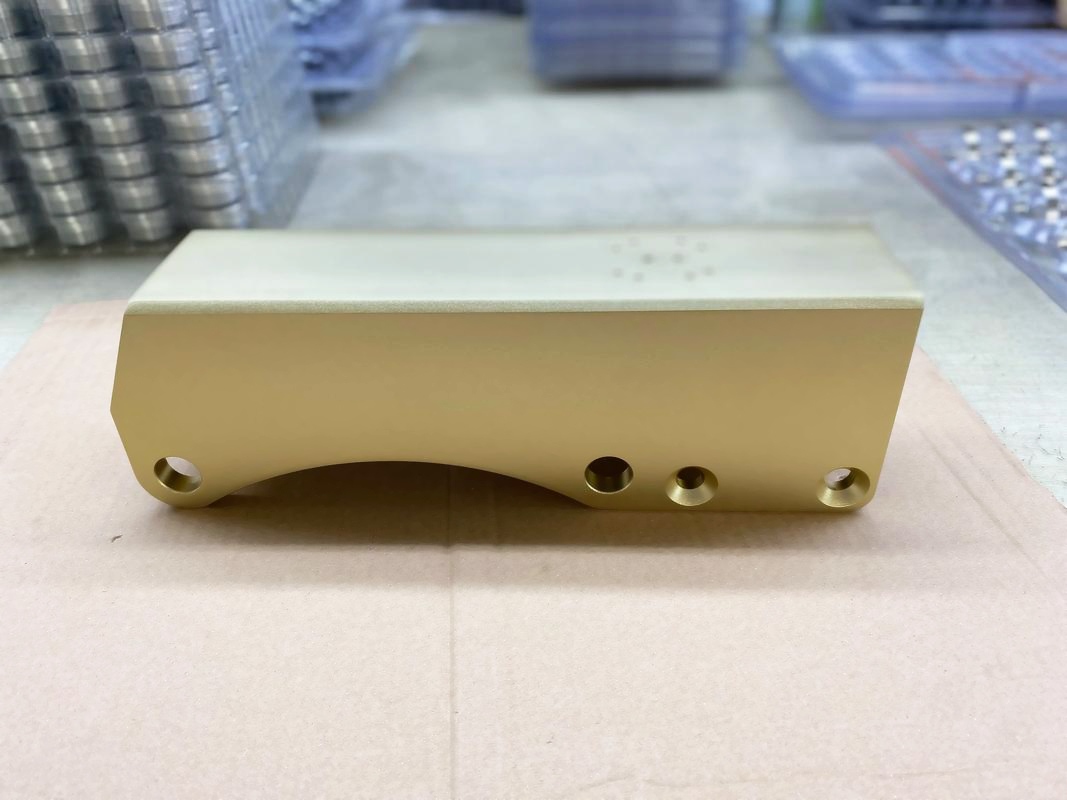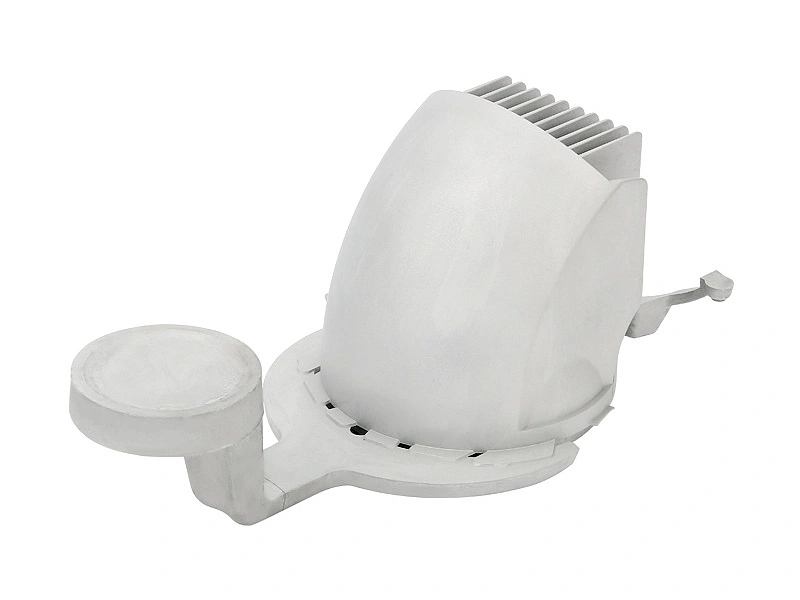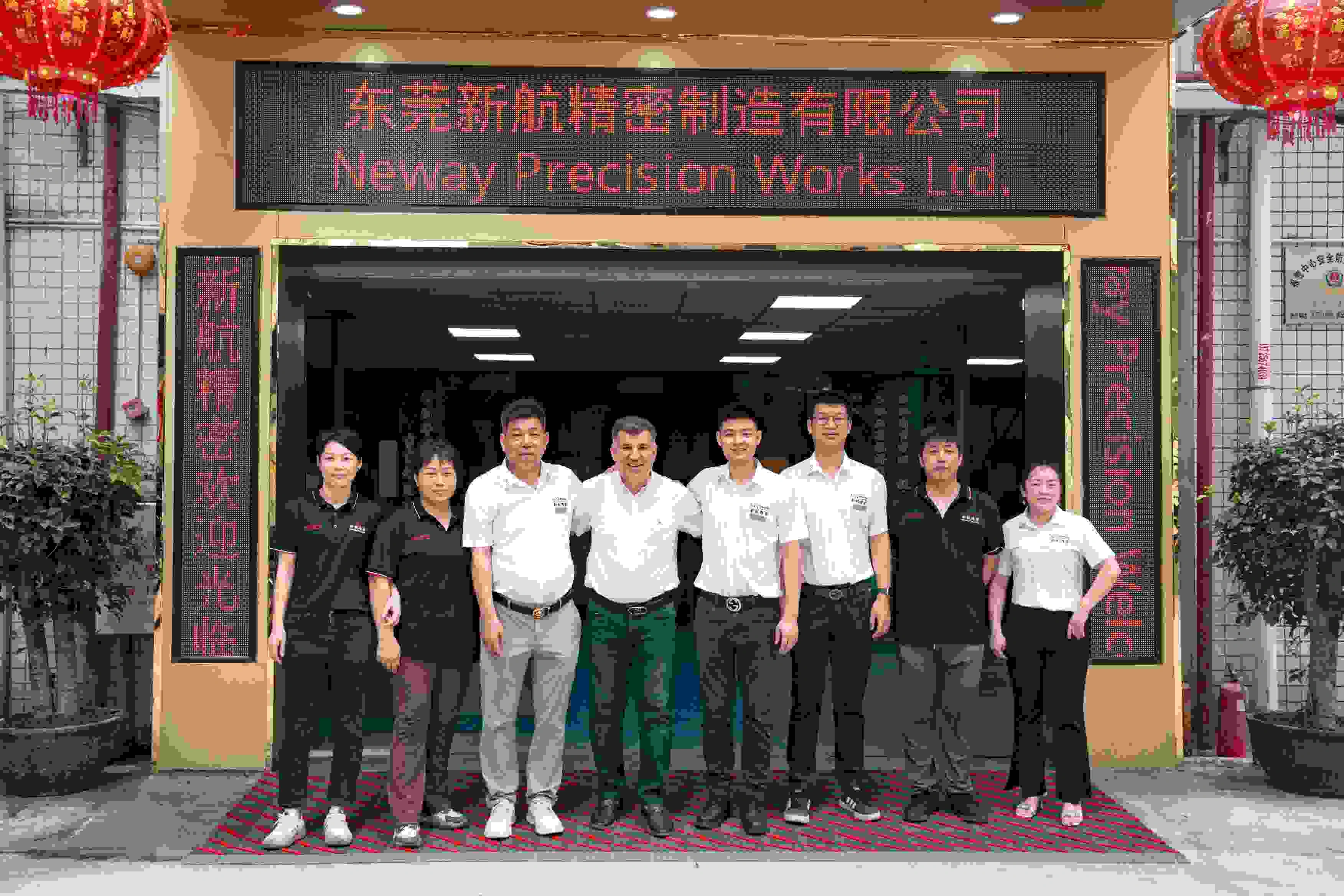Can aluminum die cast housings integrate with heat sinks or EMI shielding?
Can Aluminum Die Cast Housings Integrate with Heat Sinks or EMI Shielding?
Integration with Heat Sinks for Thermal Management
Yes, aluminum die cast housings are frequently engineered to integrate heat-dissipating features such as fins, ribs, and thermal contact pads directly into the casting. Alloys like AlSi10Mg and A360 offer excellent thermal conductivity—typically around 120–150 W/m·K—making them ideal for housing components that function as structural heat sinks.
By incorporating cast-in fins or bosses, these housings eliminate the need for secondary assembly of discrete heat sinks, reducing weight, cost, and thermal resistance between mating surfaces. Precision tool and die making ensures these features are formed with high consistency, allowing thin-wall and multi-directional cooling elements within compact electronics enclosures.
EMI Shielding with Integrated Grounding Features
Aluminum die cast housings inherently offer excellent EMI (Electromagnetic Interference) shielding, with attenuation performance typically exceeding 60 dB across 30 MHz to 1 GHz when properly grounded. To enhance EMI protection:
Conductive gaskets or post-machined contact surfaces are used at mating joints to create sealed Faraday cages.
Casting designs can integrate grounding tabs, screw bosses, or shielding ribs to improve continuity across assembled parts.
Surface treatments like anodizing or powder coating are selectively masked or supplemented with conductive coatings in areas where electrical contact must be preserved.
These features make aluminum die cast housings especially suitable for RF-sensitive applications like communication modules, sensor enclosures, and IoT devices.
Design for Dual Thermal and EMI Functionality
Smart integration of thermal and EMI design requirements in a single casting can significantly optimize electronics performance. For example:
Combined heat sink + EMI shield designs allow the outer housing to serve both functions.
Die casting enables consolidation of mounting bosses, grounding contacts, and heat spreaders into a single, lightweight part—reducing component count and assembly time.
Recommended Services for Thermal and EMI-Optimized Housings
To support advanced housing integration, Neway offers:
Aluminum Die Casting: Precision casting with integrated thermal and EMI features.
Post-Machining: Create accurate mating surfaces and gasket grooves for EMI continuity.
Powder Coating and Anodizing: Surface finishing tailored for conductivity control or insulation.
Our engineering team supports full DFM optimization for thermal, shielding, and mechanical performance in compact electronics systems.



